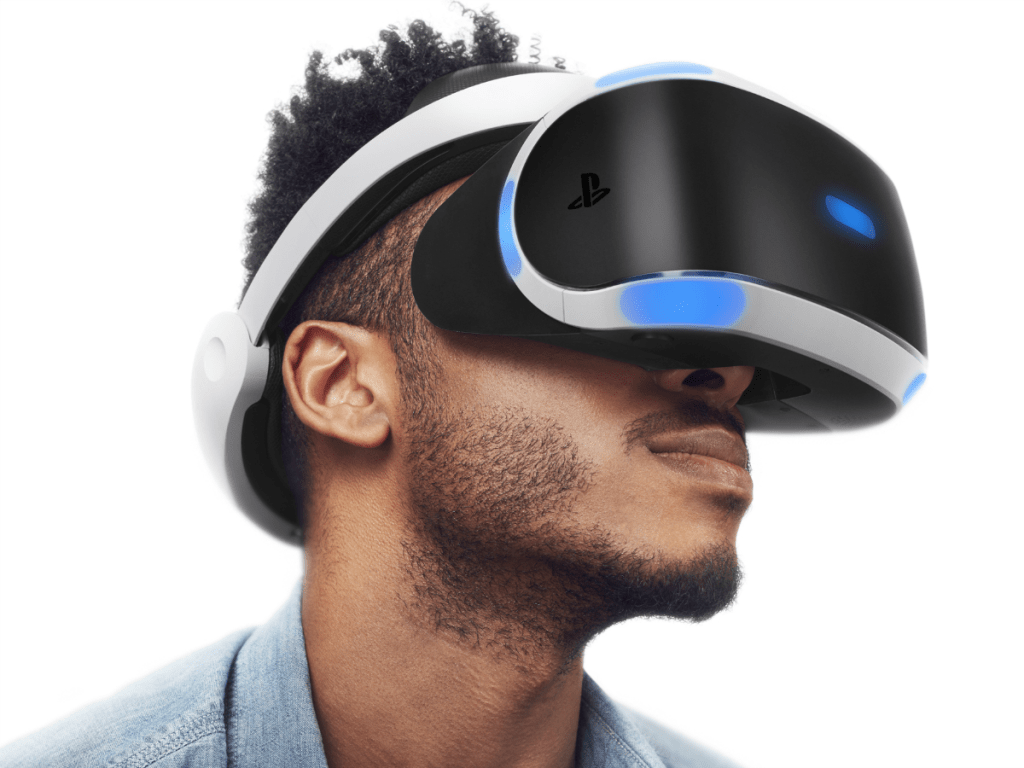Is It Worth Designing 360° Video Campaigns?
5 min read
Is it convenient for brands to invest in 360º interaction videos? The format is revolutionary. But do they drive more engagement than traditional video ads? Google teamed up with Columbia Sportswear to find out the answer.
“Wait, wait a minute. They haven’t seen anything yet!” These were the first words heard on film. Forever changing the course of the film industry and ushering in a new era for the medium: sound film.
In recent decades, we have seen great advances in the film industry. such as HD resolution, Dolby surround sound and 3D images. Yet, only some of them were revolutionary, such as the addition of sound and color. As 360° video technology becomes mainstream. If it will represent a revolutionary change in the. Film industry or if it will pass unnoticed as mere historical precedent. As happened with the Betamax video format
Unblocked games 66 ez popularity stems from their tiny size, low cost, and easy to play yet extremely safe game play. There are over 100 million games that are unblocked for free and they are growing each day. For every game that are available on the website you can play games online on the site without having to download or sign up at any time.
The promise of interactive storytelling offered. By 360° videos has motivated brands to experiment with this format. But what can 360° videos offer a brand? And in the context of advertising, do they guarantee better viewing metrics?
To answer these questions, we partnered with Columbia. Sportswear and created an ad campaign starring two American. Olympic skiers who were enjoying a great season in Chile. Besides to Columbia’s marketing team and photography staff. We enlisted the help of 360 Labs. A company that has been playing 360° video since the early days of Street View. And a fearless team of Chilean photographers.
Experiment on the interactive story offered by videos:
Comparison between the 360° and the standard format
To find out if spherical video ads generated more viewer. Engagement than standard video ads, we created two similar. campaigns using True View, YouTube’s choice-based ad format. Each campaign featured a 1-minute ad for Columbia Sportswear. one version was film and presented in 360° video format and the other in standard video format. Both ads included a CTA (call to action) in the lower left corner. That led to a longer version of the ads so we could determine if the 360°. Video format ads generated more views of the full version than the video ads.
To compare the level of viewer engagement for both ads, we looked at the usual metrics. Including view rate and viewer retention. For the 360° video ad. We also considered a new engagement metric called “engagement rate. Which tracks how viewers engage with the 360° video feature (i.e., recognizes when a user clicks the scroll. control on a desktop or tilts their mobile device to scroll the image).
The standard ad (and its full version) was frame around the female skiers. With aerial and wide-angle shots of their slides down the piste, as well as the landscape.
The 360° video ad (and its full version) put the audience on the ground, allowing them to explore it for themselves. Hannah and Keaton narrated both the standard and 360° video spots.
Comparison results between 360° video ads and standard video ads
We expected 360° interactive in-stream video ads to deliver better. view rates and watch time than standard video campaigns. But, when comparing viewer metrics, we were surprise by the results. This is what we discovered:
1. Based on traditional metrics for viewers. 360° video ad performance was no better than standard.
Contrary to expectations, the view rate for the 360°. In-Stream video ad was lower than the standard video ad. both on desktop and mobile. This led us to conclude that viewers are not always willing to interact with 360° video. If they generally watch standard video.
, though, we found that 360° video ads made up for this drawback with other benefits.
2. The 360° video format encourages viewers. To keep watching and interacting with more content.
The 360° video ad had a lower retention rate than the standard video ad. Yet, the 360° video ad had a higher click-through rate. meaning viewers were more interested in watching the full version of the video. So, as a way to promote the full version, the 360° video ad was very successful. Viewers didn’t even need to finish watching the ad to know they wanted to see the full version.
And the engagement rate, which measures. How often viewers use the 360° video functionality. (i.e. whether they tilt their mobile device or click the scroll control on their desktop to scroll the image). was higher than the recorded view rates for the 1-minute 360° video ad. This means that the 360° interaction video ad generated engagement through interaction video. Even if users watched less than 30 seconds of the video.
3. The 360° video format encourages viewers to share and watch other videos as well as subscribe to them.
The 360° video ad outperformed the standard video ad in all other. Earned action metrics, including views, shares, and subscriptions. In total, the 360° interaction video ad produced 41% more earned actions than the standard video ad. It also generated more engagement on. Columbia’s YouTube channel than the standard video ad.
But there are still even more interesting results. Since the 1-minute ads and their full versions were. Not listed during the course of the experiment. The only way a viewer could see the full version was if they clicked on the ads. Thuse, we expected that the views of the full version of the 360°. Video ad would match the number of clicks on that ad… but it did not.
This means that users viewing the full version of the 360° interaction video ad copied the URL to share with others. In fact, we noticed that messaging apps like iOS Messages and. Whats App were among the traffic sources for the 360° interaction video version, but not for the standard version. At the end of the experiment, the full version of the 360° video recorded 46%. More views than the full version of the standard video. As a result, the 360° video ad was more effective as its cost per view was lower. When paid and organic views were combine.
Based on the results of this experiment. 360° interaction video ads have the potential to drive engagement in new and promising ways. The technology motivates viewers to take action by. Allowing them to control their perspective by tilting their. Smartphone or moving their mouse. This is very good news for brands. Since the novelty of this visual experience not only encourages. Users to watch 360° videos, but also motivates them to share them. As 360 video technologies evolve and more brands experiment with it. This format will become valuable to both viewers and brands. You may even say “We haven’t seen anything yet”.




